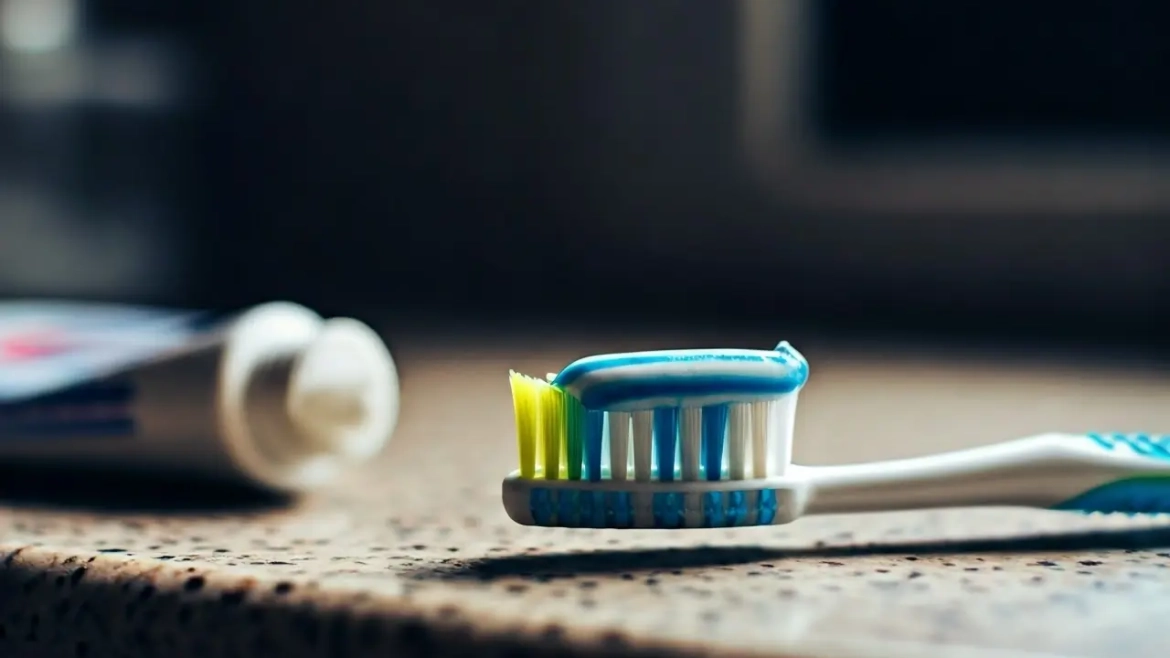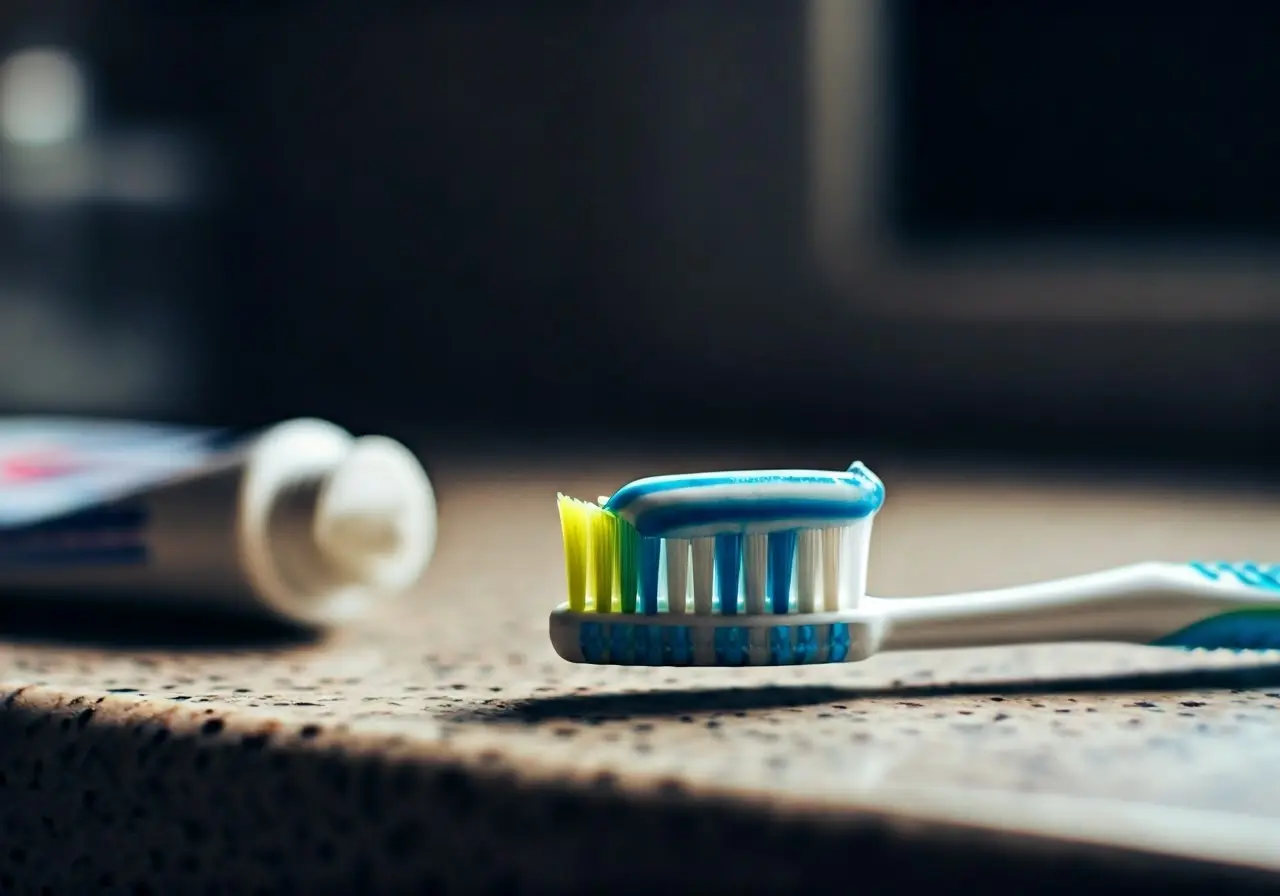Tooth sensitivity can be a bothersome issue for many people, leading to discomfort when enjoying hot or cold foods and beverages. Tooth desensitization is a term you might have come across, but what does it truly involve? In this FAQ blog, we will explore the purpose and methods of tooth desensitization to help you understand how it can alleviate tooth sensitivity.
Understanding Tooth Sensitivity
Tooth sensitivity occurs when the underlying layer of your teeth, known as dentin, becomes exposed. This can lead to pain or discomfort in response to cold, heat, or sweet stimuli.
This condition often arises from the wearing down of the enamel or gum recession. When gums recede, the dentin becomes directly exposed to various stimuli that trigger discomfort. It’s more than just irritation; it can significantly impact daily activities. Imagine not being able to enjoy a scoop of your favorite ice cream or a piping hot cup of tea without cringing in pain.
Additionally, using alcohol-based mouth rinses can exacerbate the sensitivity, making the teeth feel even more susceptible to extreme temperatures. Addressing this issue involves acknowledging the root of the problem and taking steps towards proper care and treatment.
Common Causes of Tooth Sensitivity
Sensitivity can be caused by various factors such as enamel erosion, gum recession, tooth decay, or grinding. Identifying the cause is essential for effective treatment.
One of the primary culprits of enamel wear is the frequent consumption of acidic foods and beverages, which can gradually erode the protective layer over time. Gum recession, often a result of harsh brushing techniques or periodontal diseases, also exposes sensitive parts of the tooth.
Other contributors include teeth grinding or bruxism, which is a common condition that can lead to significant enamel damage. Cavities as a result of decay can expose the tooth’s nerve endings to external stimuli, triggering sharp pain during eating or drinking.
What is Tooth Desensitization?
Tooth desensitization refers to methods used to reduce sensitivity. These can range from home remedies to professional treatments offered by dental clinics.
Desensitization works by addressing the exposed dentin and reducing the transmission of sensations from the surface of the tooth to its nerve. Treatments may involve blocking nerve signals or rebuilding protective layers on the teeth. Often, products containing potassium nitrate or strontium chloride are recommended for their effectiveness in blocking discomfort at the nerve level.
Some individuals have immediate relief after their first treatment, while others may need multiple sessions or a combination of therapies for lasting results. If sensitivity affects your daily life, considering Oshawa tooth desensitization treatment could significantly improve your quality of life.
At-Home Desensitization Methods
Simple at-home solutions include using toothpaste specifically designed for sensitive teeth or implementing oral hygiene practices that protect enamel.
Switching to a toothbrush with soft bristles and using fluoride-containing toothpaste can help strengthen enamel. These adjustments in daily hygiene routines provide an inexpensive and convenient way to combat sensitivity.
Other effective strategies include reducing the intake of acidic foods and beverages and avoiding overzealous brushing, which can worsen gum recession. Regularly rinsing with alcohol-free mouthwash and maintaining proper hydration can also contribute positively to dental health.
Professional Treatments for Desensitization
For more severe cases, dentists can provide treatments such as fluoride applications, desensitizing agents, or dental bonding to reduce sensitivity and protect teeth.
Fluoride gel treatments are among the common approaches, as they fortify enamel against decay and sensitivity. When applied by a dentist, it can create a strong shield over the teeth that prevents nerve exposure.
In certain scenarios, composite resin bonding may be used to cover exposed root surfaces. More advanced cases of gum recession might require surgical intervention, such as gum grafting, to reposition healthy tissue over the exposed roots.
When to Consult a Dentist
If sensitivity persists despite at-home care, it’s important to seek professional advice. A dentist can offer tailored solutions and rule out underlying conditions.
It’s vital to address sensitivity that may indicate more severe dental problems. Persistent pain could be a sign of deeper issues like fractured teeth or infections requiring prompt medical attention.
During a dental visit, professionals can accurately diagnose the root of the problem and propose comprehensive solutions, potentially including more extensive procedures like root canals if the tooth’s pulp is affected. Regular check-ups ensure preventative care, maintaining both comfort and optimal health.
Bringing Comfort to Sensitive Teeth
Tooth desensitization offers a range of solutions for those dealing with sensitivity issues. From DIY at-home methods to professional treatments, there are multiple paths to enhance your dental comfort and quality of life. Always consult with a dental professional to find the approach that best suits your needs.



